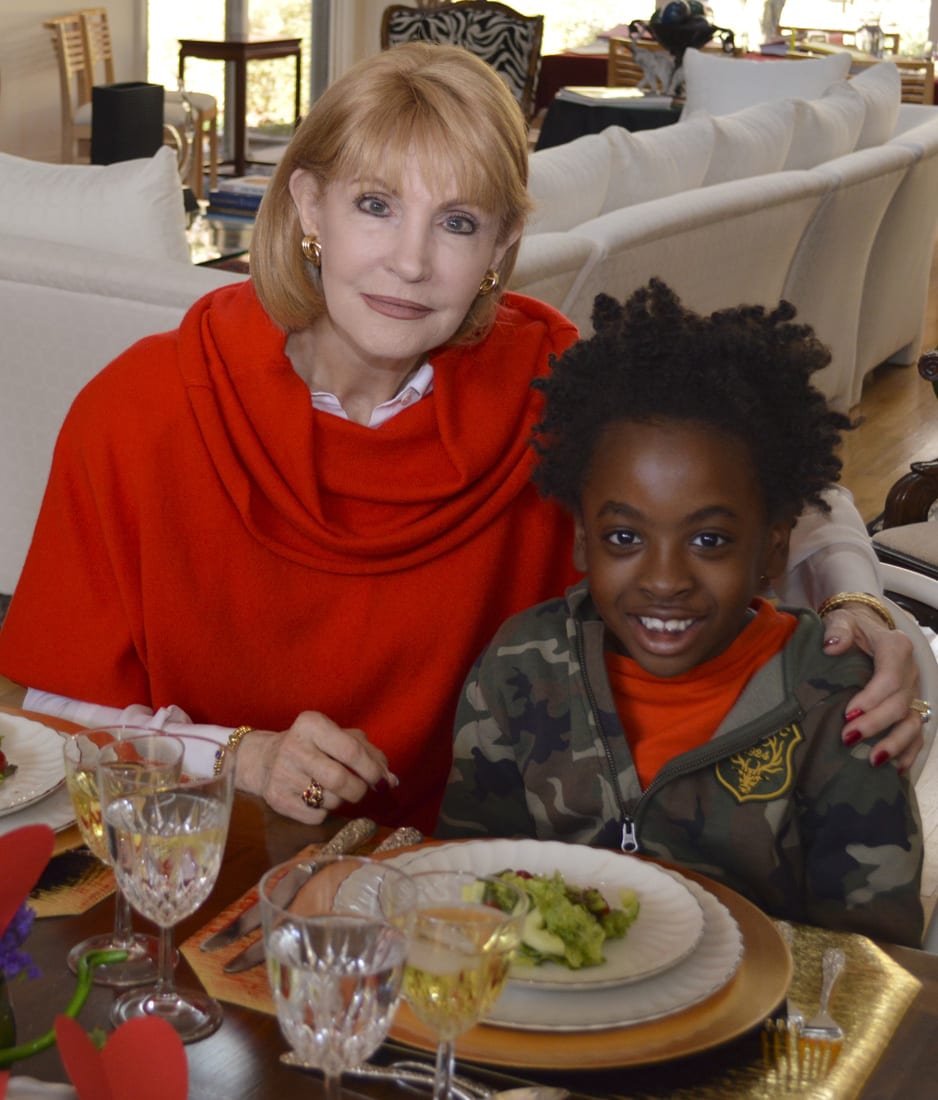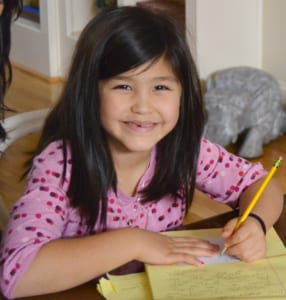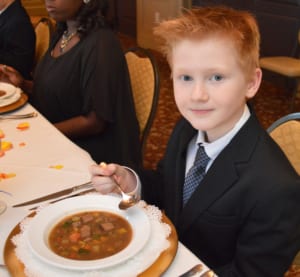SIMPLE WAYS TO TEACH KIDS PROPER ETIQUETTE

STORY: Sue Rodman
Every parent hopes to raise a polite and well-mannered child, but in our go-go-go society, it’s not always an easy task. And if manners go by the wayside when kids are young, it gets harder to break their bad habits as they grow older.
Peggy Newfield, president and founder of the Buckhead-based American School of Protocol, which offers etiquette classes for kids in 1st through 12th grades, believes that teaching children manners makes for happier lives and more pleasant relationships.
“Manners give children a set of rules and a road map of how to handle daily life,” says Newfield. Here, she offers easy ideas to introduce social graces into your family.
Thank you notes should be written when a child receives a gift or an act of kindness. Newfield suggests this four-line formula to keep things simple. The first and second sentence is about the gift. The third sentence is unrelated, and the fourth is again about the gift. For example: “Dear Aunt Jo, thank you for the pink sweater. How did you know I love pink? We are looking forward to seeing you and Uncle Josh at Easter. I plan to wear my sweater with my Easter dress. Love, Jean.”
Conversation Starters
Taking turns, engaging in small talk and not interrupting—these are all valuable life skills rooted in good manners. Practice all of them by seeding interesting dinner conversation. Once children are old enough to read, give them a section of a newspaper or a link to a specific article online. Have them come to the dinner table prepared to talk and share what they learned from the article. For non-readers, have them describe a picture. At the dinner table that evening, everyone has a turn to talk without interruption. Children learn how to participate in conversation, and there’s no need to have the fruitless exchange that goes something like, “How was your day?” “Fine.” “What did you do?” “Nothing.”
The classic tea party is a perfect time for kids to practice minding their P’s and Q’s. Children can serve their stuffed animals or dolls, practice trying different foods and learn how to engage guests. This is also a good way to work on communication skills. Instead of being the host, children can practice being guests, asking the host if they can help to set the table or clear the dishes.
For more ideas on how to teach manners, Newfield suggests Munro Leaf’s classic book Manners Can Be Fun, but stresses the best way to teach etiquette is in the actions you yourself do on a daily basis. “As parents, every action sends a message,” she says.
MANNERS EVERY CHILD SHOULD KNOW
1. Say “please” and “thank you.”
2. Know how and when to apologize.
3. Say “excuse me.”
4. How to share.
5. Not to interrupt.
6. Be appreciative and grateful.
7. Don’t name call.
8. Be respectful and always treat others as they would want to be treated.
9. Write thank you notes.
10. Offer to help those in need.
THE AMERICAN SCHOOL OF PROTOCOL
404.252.2245
theamericanschoolofprotocol.com/childrens-etiquette
Simply Buckhead is an upscale lifestyle magazine focused on the best and brightest individuals, businesses and events in Buckhead, Brookhaven, Sandy Springs, Dunwoody and Chamblee. With a commitment to journalistic excellence, the magazine serves as the authority on who to know, what to do and where to go in the community, and its surroundings.



















